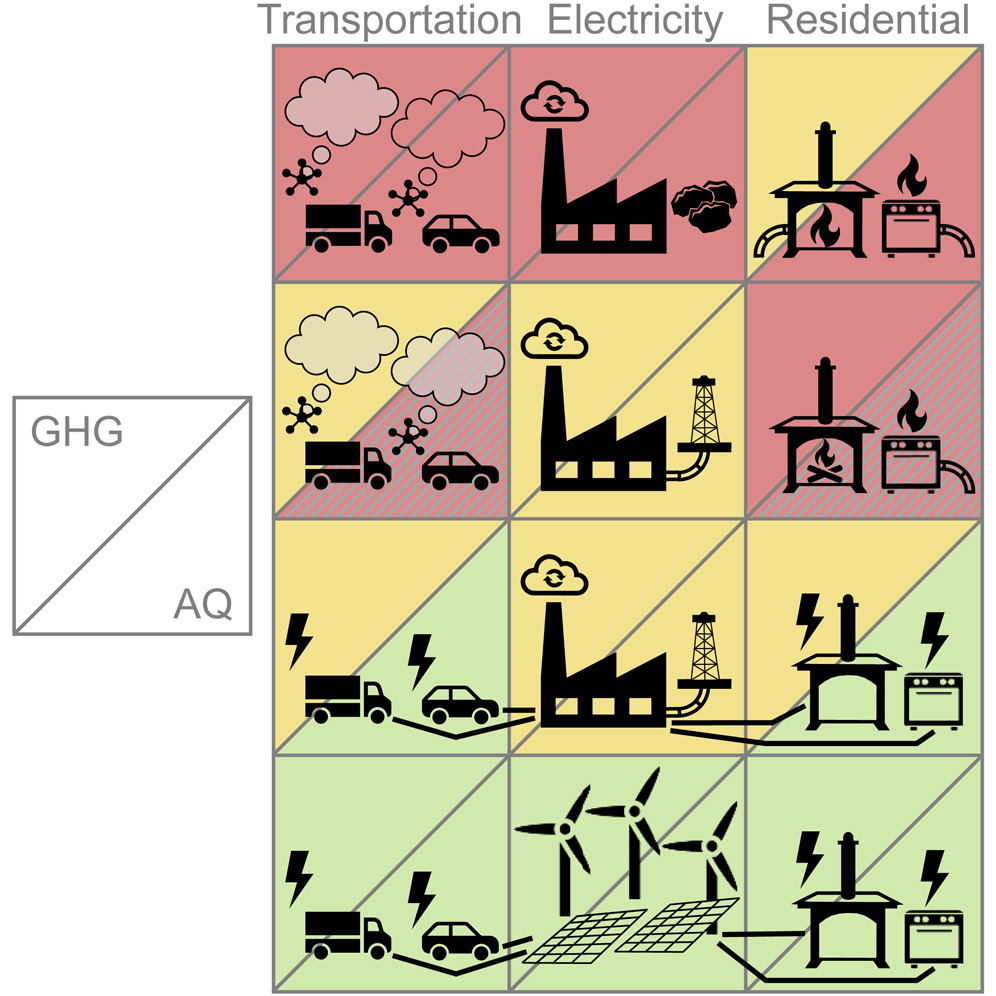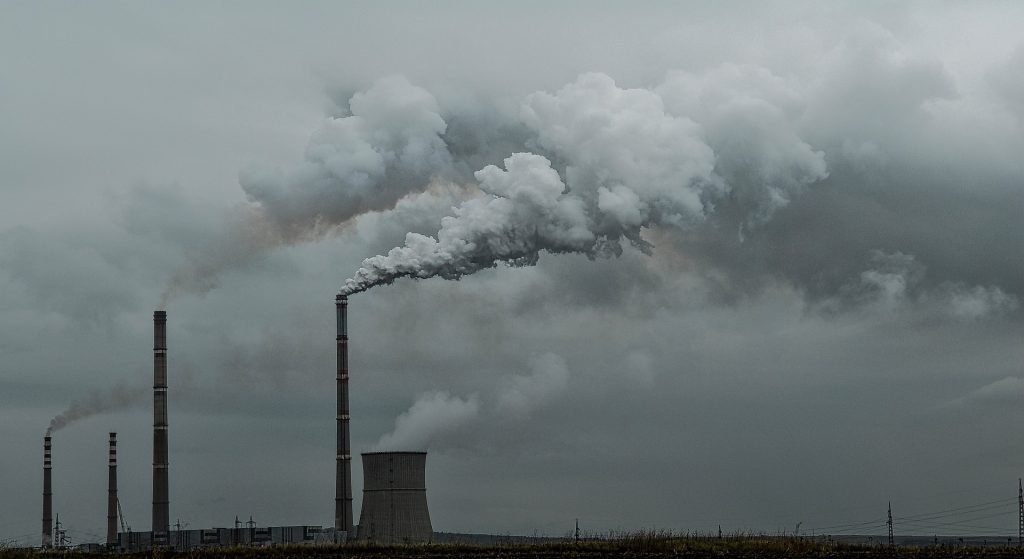UV-VIS-NIR Workshop
AC4 and ERB in collaboration with NESDIS is organizing a workshop to better understand the needs of atmospheric composition applications and gather recommendations for future UV-Vis-NIR data from the low-earth orbiting (LEO) NOAA satellite missions.
UV-VIS-NIR Workshop Read More »











